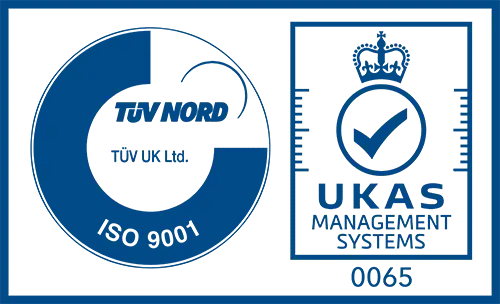The importance of accuracy and reliability in linear motion technology
When considering linear actuator technology, there are many options open to the designers and specifiers. As an example, the OEM machine builder who prefers to design their own bespoke system can choose from simple slide systems driven from stepper or servo motors, or opt for higher performance direct drive linear motors.
But before the final choice is made, there are some fundamental factors that have to be taken into consideration when selecting the appropriate system for each application.
Repeatability
With most positioning systems the prime concern is usually repeatability. With repeatability being the ease with which a linear motion device can consistently return the work piece or tool unit to the same position time after time. Repeatability measurements are expressed as plus or minus values and are generally statistical rather than absolute measurements: in statistical terms, repeatability is the band of the dispersion about the mean value for a large number of positioning trials.
Accuracy
Accuracy is defined as the maximum allowable error between the target position and the actual, or achieved position of the linear motion system. This is also expressed as a plus or minus figure eg: +/-0.05mm
In practice, repeatability and accuracy figures are often confused. There are many ways to illustrate the difference between these figures, but the classic bull’s-eye is perhaps the best image to visualise.
- Accuracy is hitting the target – positioning the actuator exactly to where it is required
- Repeatability is hitting the same target consistently, time after time.

In terms of positioning, it is the ability of the motor to return to the same position from the same direction, with the position being defined by the accuracy of the system.
Stepper motor specifications provided by manufacturers may list other performance criteria along with accuracy and repeatability, such as relative accuracy and hysteresis. Sometimes known as step-to-step accuracy, relative accuracy relates to micro-stepped motors that are more suited to low speed operations.
On a closed-loop stepper systems and those driven by servo motors, repeatability, accuracy and relative accuracy are as much functions of the feedback systems as they are of the core inherent characteristics of the motor and drive. Some use resolver feedback while others will have an encoder providing the feedback for the control loop. In both cases, it is the resolution of the sensing device – resolver or encoder – that will determine the actual accuracy of the system.
Specifying the Motion Control System
Armed with the desired accuracy and repeatability of a new system, the designer can now set about specifying the system in detail, taking into account other factors that need to be considered and fully understood. For example, shape and size of the load, overall performance requirements and coupling techniques all contribute in the final decision making process. The designer must take into account the total torque required from the motor, ensuring that the torque capacity exceeds the load to meet the performance objectives. This ‘torque margin’ is necessary to accommodate mechanical wear, lubrication viscosity and other unexpected causes of friction in the system that over time can increase the demand on the motor.
Even under normal operation, all mechanical systems are subject to frictional forces and again these need to be taken into account when sizing the motor. Note, a small degree of friction is generally desirable as it can reduce the settling time of the system and help to improve performance.
The positioning resolution demanded of the application will also influence the type of mechanical transmission selected – gears, leadscrews, belts and so on – and the motor resolutions. For example, a 5mm ballscrew driven by a 10,000 step/rev motor drive is equivalent to 2000steps per mm, with each step translating to a theoretical movement of 0.0005mm
Other parameters that need consideration include inertia and velocity. Inertia is a measure of an objects resistance to a change in velocity and both the motors own inertia and that of the load can affect the final choice of system. For a high performance, relatively fast system, for instance, the load inertia reflected back to the motor should not generally exceed the motor’s own rotational inertia by more than a factor of ten. Conditions that take it above 10 can cause the system to become unstable. This figure can, however be improved considerably by the use of new technology devices which can accurately handle mismatches by factors in excess of 100:1
The design and specification of a linear motion system, given the vast array of variables is clearly not to be taken lightly.
LG Motion Ltd – as designers and manufacturers of positioning systems – work with the OEM and End User to lessen their design load, whilst retaining the flexibility for them to arrive at the optimum solution for each application.
Contact Us today to see how we could help you.

